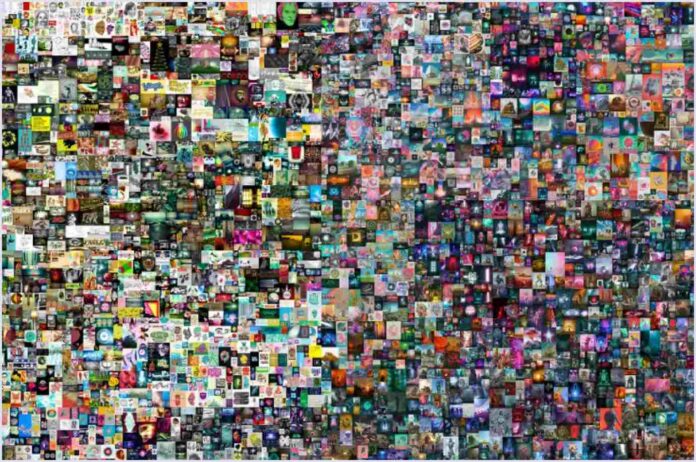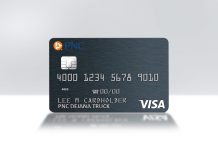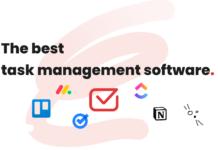
Non-fungible tokens or NFT as they are commonly abbreviated are the newest sensations in the crypto space. The market value has grown to about $250 million. In the year 2020 alone, the investments in non -fungible tokens grew by about 299%. In 2021, an average of 30 days generates $1 billion in sales in NFT marketplaces.
Considering how promising NFTs look in the future, NFT marketplace development would be a good place for anyone to invest in. In the oncoming lanes, we will look at the nuances of the NFT, the expectations to have out of the NFT marketplace development company, and how to build your own NFT marketplace.
What is Fungibility?
We have been talking a lot about non-fungible tokens, it’s market value, and their appeal. This brings us to the question of what these NFTs are and what exactly is the concept of fungibility.
Fungibility is the capacity of an asset to be exchanged with another similar asset without compromising on its value. Indirectly, it means that there are representations of the same asset and it can be exchanged easily and without any ambiguity.
The simplest example of a fungible asset is the fiat currency. The fungibility holds truer when the same currency or its sub currency, in any form of representation, can be interchanged without any hassle. For example, if you have a $100 bill, you can easily exchange it for another $100 bill or 100 coins of a dollar each or 10 $10 bills. In all these cases, the value does not change. In other words, it is not that the $100 bill that you parted with when you wanted to exchange has some uniqueness associated with it that stops you from exchanging it. The exchange also has not resulted in any loss of value.
Defining NFTs
A nonfungible token is an antithesis of the concept of fungibility we have seen above. They have certain characteristics that define them.
- A nonfungible token is rare. It is the scarcity of supply that presents a value for the token.
- The NFT is indivisible. In other words, it cannot be broken down into smaller units that represent a part of its value. This means that you can either purchase the entire token or not!
- Unlike fungible assets, the NFT is unique. It is quite possible that you will not find any other non-fungible token that is identical to something that exists. The token functions like a unique record-holding entity and as a certificate of authenticity.
Why NFTs?
No technical advancement will make sense if it does not have practical advantages. To understand why NFTs came into the picture, we will need to understand the challenges involved in trading in exchange for collectibles and art.
Transferring the ownership of collectibles and rare art was a cumbersome process embroiled in paperwork, the establishment of authenticity, and susceptibility to data manipulation. NFTs precisely address these three pain points.
NFTs are transferable. NFTs can be bought and sold in special marketplaces called NFT marketplaces. The value of the NFT depends on the uniqueness and rarity. However, the tokens make it easier for transfers and transactions.
NFTs are authentic. The blockchain technology behind the non-fungible tokens ensures that it is almost impossible to create counterfeit tokens. The security, transparency, and immutability ensure that the authenticity is not compromised at any cost.
NFTs preserve ownership rights. Since the decentralized ledger called the blockchain is in play, the ownership data cannot be altered at any cost. This ensures that the ownership rights are maintained without any confusion and discrepancy. This also makes it easier to preserve the records of ownership and renters obsolete, the possibilities of dual ownership records.
Uses of NFTs
NFTs have a variety of applications in different fields. The use cases, however, are dominated by a few segments like gaming, digital assets, identity theft countering, and collectibles.
The world of gaming has a few rewards and accessories like weapons and skins. They are considered to be rare and the game ecosystem forbids gamers from selling them in the real world. However, with the NFT in place, it becomes easy for transferring such digital gaming assets from one user to another. NFTs can be considered the starting point of what would become economies within the game ecosystem in the near future.
The fad of the e-gold has come a long way with the introduction of blockchain technology. There are marketplaces where people can buy virtual land. There are services that use non-fungible tokens to facilitate buying and selling of crypto-specific domains. NFTs can come in handy in making these transactions easier, simpler, paperless, and more secure.
Collectibles have always been a thing of interest for connoisseurs. However, owning some collectibles has a few responsibilities like maintaining them in the right conditions. Some collectibles are worth displaying and some collectibles are worth just possessing. If people want to just “possess“ the collectibles, NFTs can come into play. The best part is these NFTs can also facilitate the ownership and transfer of these collectibles becomes easy. There is no chance for duplication and it also helps verify the authenticity and ownership history of the collectible.
Perhaps the most practical application for NFTs is in terms of countering identity theft. Everything pertaining to your identities like your academic qualifications, medical records, and even personal identification marks can be digitized. With digitization and the possibility to access this information without any hassle, it becomes easy to establish the identity of a person, especially in sensitive areas.
This property of the NFT being unique drinks a massive advantage for digital artists. They will not need to face any copyright issues if NFTs can prove the identity of their work. This not only applies to digital art but even to physical game tickets which will help weed out counterfeits.
The Standards
Unlike the usual tokens, NFTs use a different Ethereum standard called the ERC-721. This standard ensures that NFTs perform the intended task and unlike the usual ERC-20, this standard also upholds the uniqueness of the token and keeps strict control on maintaining information authenticity in every stage of transfer.
NFTs are not just confined to Ethereum but can also exist on other decentralized blockchains like EOS and NEO. It is to be remembered that the smart contract is the epicenter of any manifestation of blockchain tokens and NFTs are not an exception. It should also be ensured that the network also has enough tools to facilitate the easy creation and transfer of NFTs.
Defining a Marketplace
If anything can be traded, that has to be a proper marketplace and NFTs are not an exception. As the name implies, an NFT marketplace is a virtual/online marketplace where creators and collectors can sell their NFTs and other nonfungible products for crypto coins like bitcoin. Once the transaction is completed, the buyer gets a unique identifier that establishes their proof of ownership in addition to information about the authenticity, the author, and the provenance.
There are a lot of NFT marketplaces that have already made a mark in the market. Just like any other business, the NFT marketplace also requires that you go through the legal documentation process.
NFT marketplace development is a grand culmination of technology, finance, and design. The marketplace needs to be garnished with an intuitive user interface that makes it a breeze for every kind of user to interact with the platform. The onboarding process should be simple and straightforward, and the onboarding should create a profile for the user that keeps a record of all the transactions.
The marketplace should be uncompromising on security and should have security measures like two-factor authentication, IP blacklisting, network monitoring, and intrusion detection. To facilitate easy transactions, the marketplace should be integrated with a payment gateway that can accept payment from multiple payment methods. The marketplace should also have a wallet that can easily store and transact NFTs
How does an NFT Marketplace Work?
- The user signs up for the platform and they can do it using existing login credentials.
- They will need to set up a proper crypto wallet that can enable storing the tokens.
- Using the protocol and by keeping in mind the asset that they have, the user can create an NFT and also define the auction parameters. Once all these are done, the collection is listed for sale.
- The platform is responsible for moderating the items and the listed item appears on the sales list which potential buyers can browse.
- The buyers place their bids in the auction and the sellers receive notifications for the top bids.
- The platform handles the responsibility of the transfer of the tokens and the funds through smart contracts, making the entire process simple and easy.
- For facilitating the transfer, the platform receives a commission.
As you can infer, the profit for the platform lies in the commissions. That can also be a sponsor listing mechanism where people who pay the platform have their items listed in priority. With so many possible profit avenues in place, it is possible that an aspiring crypto entrepreneur would want to create a business out of NFT marketplaces.
Conclusion
If you are one of those, you will need to invest in NFT marketplace development. Non-Fungible token marketplace development involves putting together the legal aspects, the technology, and the marketing. If you would like to build your own NFT marketplace, all you need to do is to get in touch with the company that specializes in that particular aspect.
The NFT marketplace development company will ensure that they understand your requirements and build you the perfect NFT marketplace, so you can launch your marketplace business and make a massive profit out of it.








